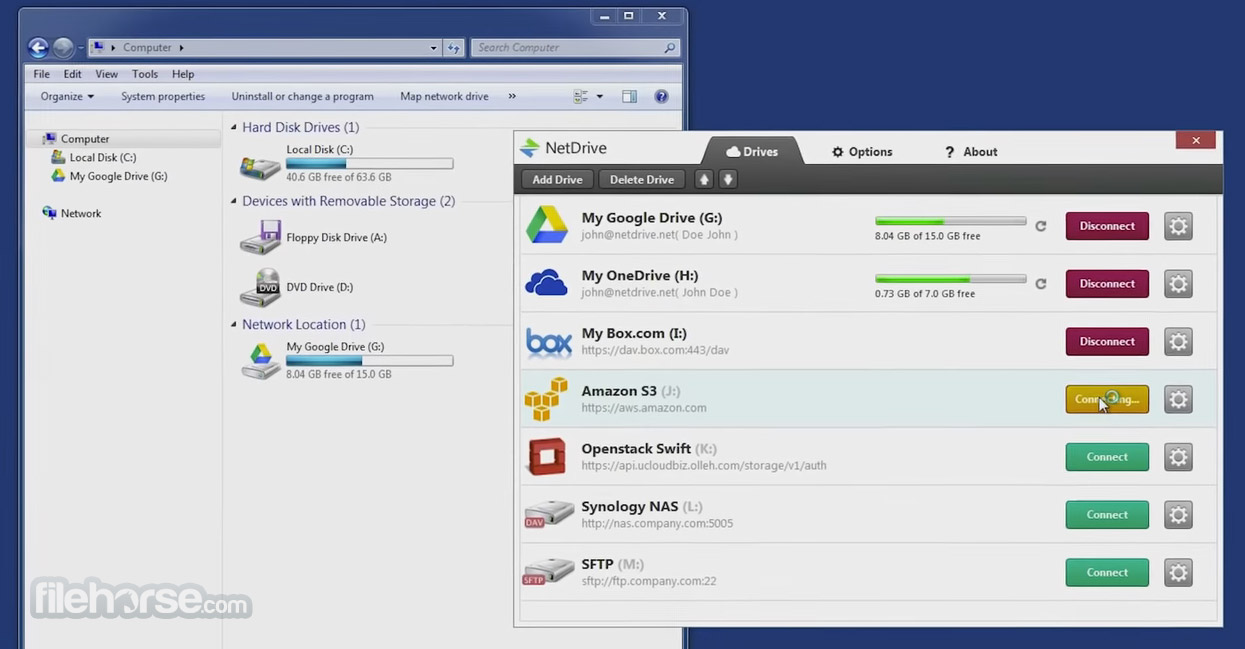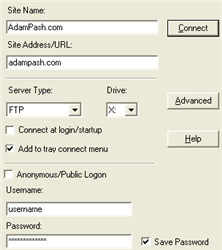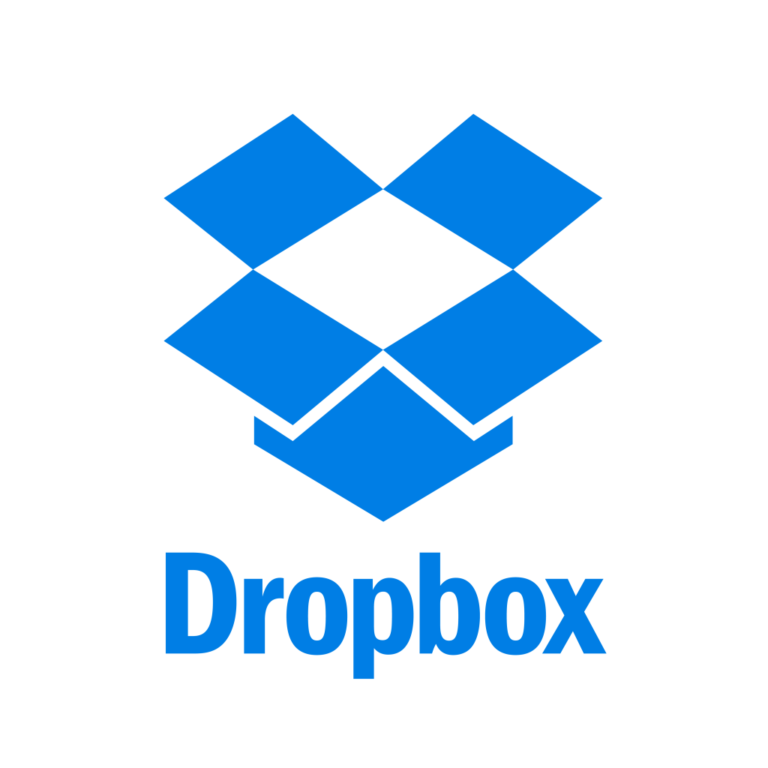



Here’s a user “home drive” showing in the File Explorer window… This makes them easy for users to find, and that’s why they often end up wedded to them so much you’d think a network drive mapping was made of crack cocaine. They don’t just appear under “This PC” in File Explorer, but they also generally appear when you open up an application’s Save As or Open dialog. Microsoft themselves still recommend using drive mappings “to save remembering a complex network path”, but this seems to me like a total copout – it’s nothing you couldn’t do with a standard shortcut.īut the main reason people like “mapped network drives” is because they appear in the shell in particular locations. And as I said already, drive maps cause nothing but problems.

The principle of this has hung on grimly through the years, even though we now have multitudes of Windows “special folders” and new technologies like Enterprise File Share and Sync (EFSS). The principle of “mapping a drive” to a shared storage area allowed users to save files to network locations, whether this be a personal “home drive” or a shared “departmental drive”. The reason for this was because the “My Computer” area of the filesystem (which is now “This PC”) was generally the user’s first entry point when it came to looking for documents and content. But in the early days of Windows, we generally provided these shortcuts as “drive mappings”, as if the shared storage area was a physical drive in the machine and not a remote mount point. Indeed, just what are these things? Well, essentially, they’re just a shortcut to a shared network storage area. Network drive mappings, in my experience, are nothing but problems that adversely affect logon times and other KPIs. However, I could have saved Mark the time and trouble it took to go through all this troubleshooting, because, in the end, “ it was the drive mapping wot done it”. This was a fascinating deep-drive into Windows internals – like all Mark’s posts generally are – and one which gave a great rundown on how to use SysInternals tools for solving problems. I remember Mark Russinovich writing a long and very interesting blog article back in the day, entitled “ The case of the veeeerrrry slow logons“. Network drive mappings are a staple of Windows environments.


 0 kommentar(er)
0 kommentar(er)
